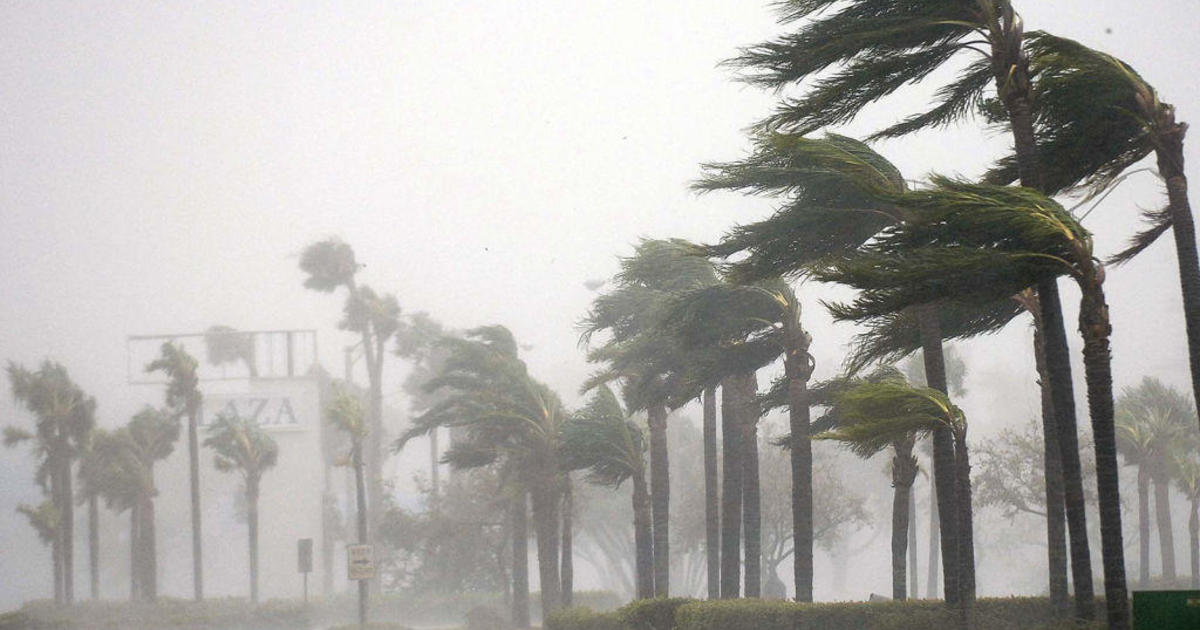MIAMI – Where are the Hurricanes?
I’m getting asked that a lot. This is the 7th consecutive year that conditions in the Tropical Atlantic Basin have been favorable for an above-average season.
NOAA, seeing these signals, has once again predicted we will check off a lot of names this year. Yet so far, we’ve only used three and it’s already August.
So why are things so quiet? Is the Saharan dust I’ve been going on about the culprit?
Well before I get into that let’s keep things in perspective.
From a climatological view, the majority of tropical activity doesn’t happen until August. In fact, the “peak” of the season is September 10th. It is not unusual at all to see a July “lull” that can continue into early August.
That said, we will likely see a quiet first half of August. So let’s talk dust, specifically what we call the Saharan Air Layer (SAL).
The plumes in orange you see are aerosols in the atmosphere that originate from the Saharan Desert in Africa. This air, not very dense, rises up to the middle levels of the atmosphere where the easterly trade winds then carry it across the entire tropical Atlantic. As you can see in this image the plumes reach all the way into the US. Our recent dry and hazy days with poor air quality here in South Florida are a result of this transatlantic traveler.
CBS News Miami
Like all weather phenomena, key ingredients need to be present for tropical systems to develop, maintain, and intensify which in our case means hurricanes.
One key ingredient is wind shear (a change of wind speed and/or direction with height) or better put, the lack of wind shear. Hurricanes grow out of an initial grouping of thunderstorms stacked like pancakes. Wind shear disrupts this essential part of development, the pancakes get blown off.
Tropical systems also need moisture, a lot of it. Any dry air (Saharan Dust) removes another critical meteorological ingredient. So instead of air parcels rising to maintain thunderstorms, which creates instability, the dry air creates stable conditions that stop this development. Without these thunderstorms, the hurricane “seed” is not present.
No seed, no hurricanes.
So those continuous plumes of Saharan dust largely explain why the tropical Atlantic has shut down so far.
So, are we in the clear? Absolutely not.
Clearing the Dust
Atmospheric circulations moving along the equator are tied to making the atmosphere more favorable for tropical development. They can help reduce wind shear and moisten the development area in the Atlantic. As a bonus, they can also add spin, another key ingredient in tropical formation.
We look for these circulations or “signals” to tell us whether we’re keeping the lull going or whether things will get busy. Right now, things will remain quiet for a few more weeks but further along in August and into September the signals point to more favorable conditions for development.
This also coincides with when climatologically the tropical Atlantic is busy making hurricanes.
I only use one cliche when it comes to Hurricane Season and it’s one that I and many of you have lived as well: “It Only Takes One.”




